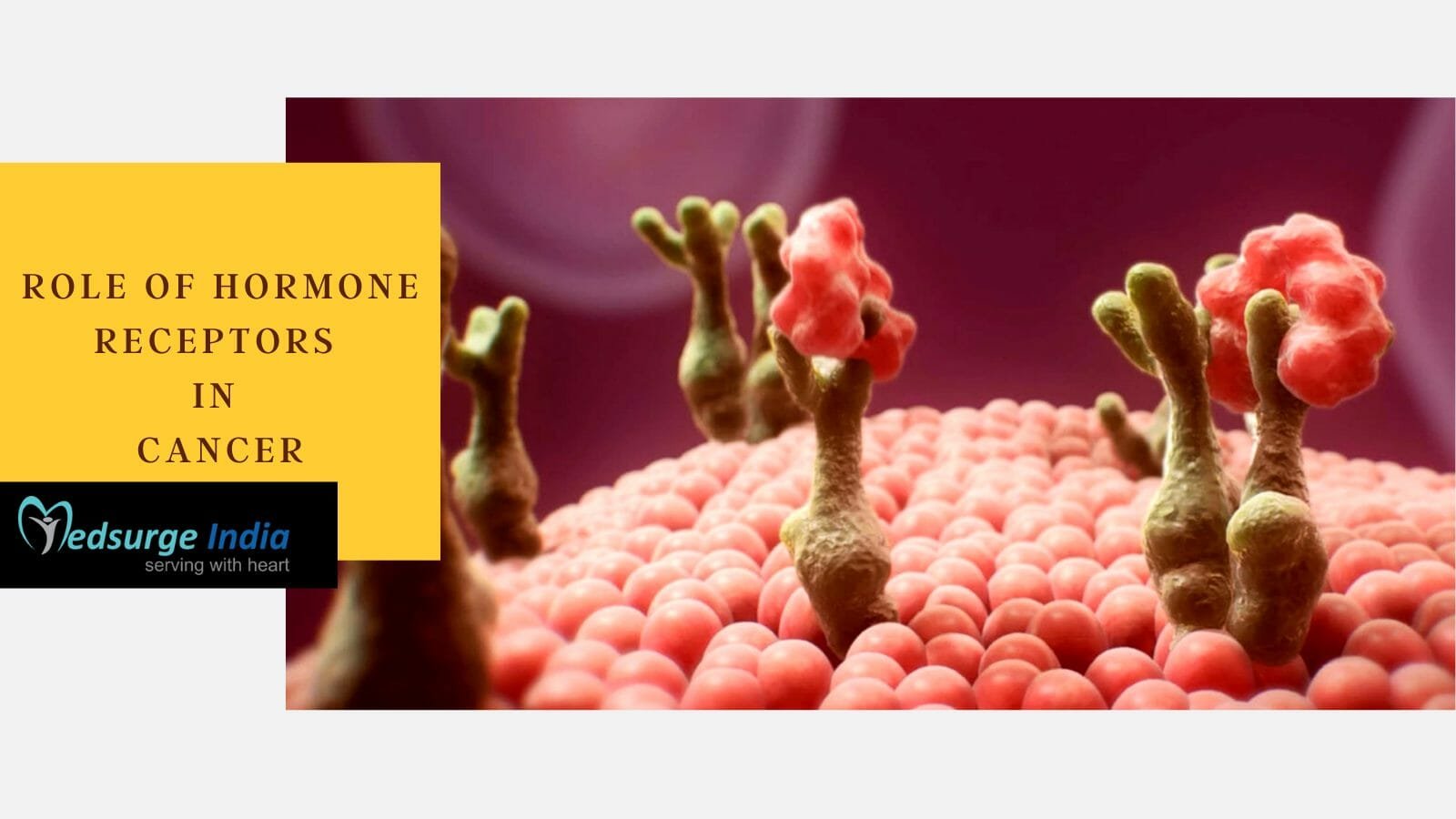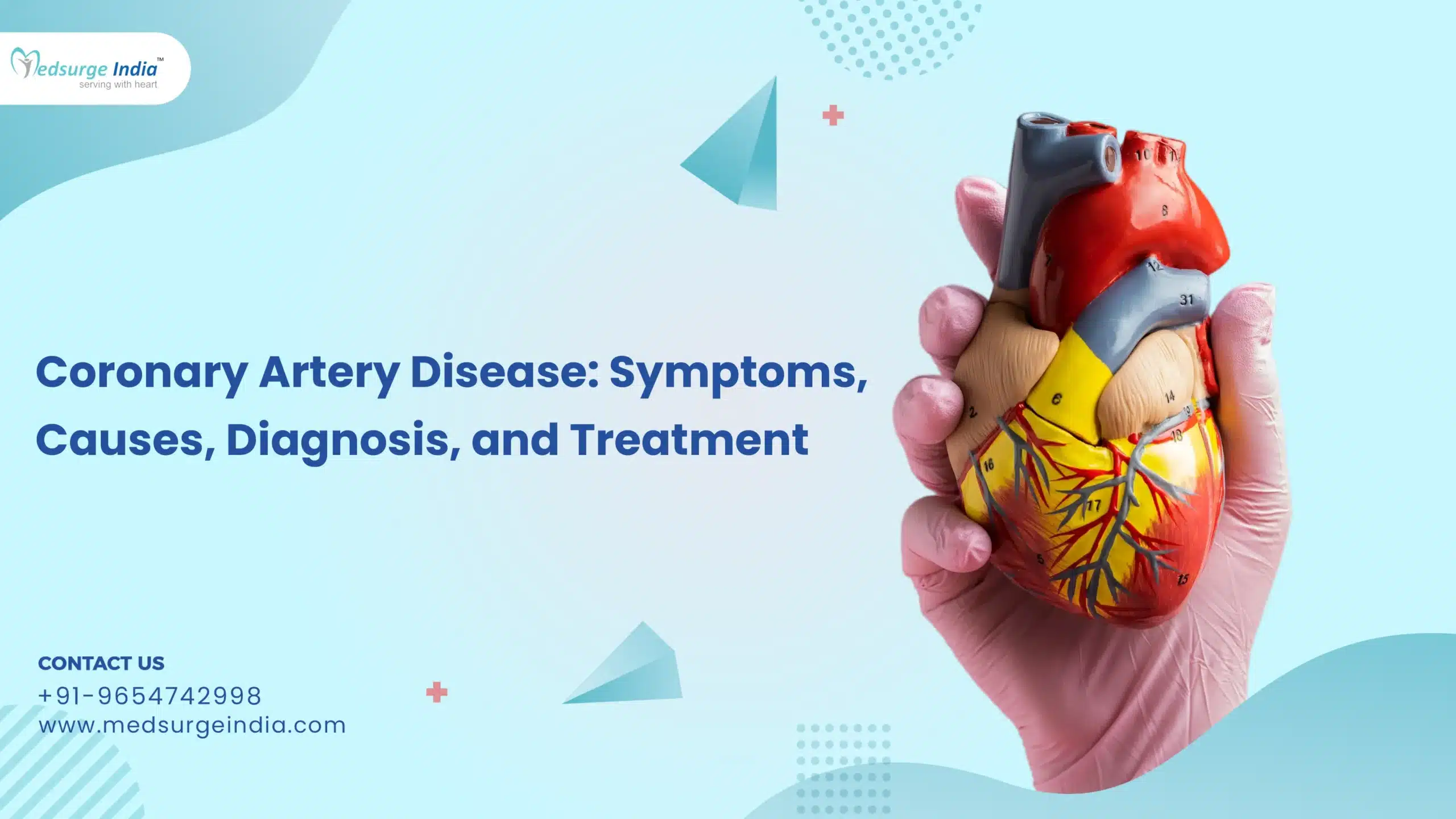
Role of Hormone Receptor in Cancer and Its Types
Breast cancer cells removed during a biopsy or surgery will be examined to discover if they have estrogen or progesterone receptor proteins. The hormones estrogen and progesterone encourage cancer growth when they bind to these receptors. On the basis of whether or not these receptors are present, cancers are classified as hormone receptor-positive or hormone receptor-negative (proteins). When deciding on treatment alternatives, it’s critical to know the hormone receptor status. Enquire with your doctor about the condition of your hormone receptors and what it means for you.
Knowing whether or not your cancer has hormone receptors can assist doctors to decide how to treat it. Hormone therapy treatments can be used to lower estrogen levels or stop estrogen from acting on breast cancer cells if your cancer has one or both of these hormone receptors. This type of treatment is effective for hormone receptor-positive breast cancers, while it is ineffective for hormone receptor-negative tumors (both ER- and PR-negative).
Both of these hormone receptors should be evaluated in all invasive breast cancers, either on the biopsy sample or after the tumor is surgically removed. At least one of these receptors is found in almost seven out of ten breast tumors. Older women have a higher percentage than younger women.
What are Estrogen and Progesterone Receptors?
Receptors are proteins found within or on the surface of cells that can bind to specific chemicals in the blood. Normal breast cells and some breast cancer cells have estrogen and progesterone receptors, and these hormones are required for the cells to develop.
One, both, or none of these receptors may be present in breast cancer cells.
ER-positive: Breast tumors with estrogen receptors are referred to as ER-positive (or ER+) malignancies.
PR-positive: Breast tumors that include progesterone receptors are referred to be PR-positive (or PR+) malignancies.
Hormone receptor-positive: The term hormone-receptive positive (also known as hormone-positive or HR+) breast cancer may be used if the tumor cell has one or both of the receptors listed above.
Hormone receptor-negative: A cancer cell is hormone receptor-negative if it lacks the estrogen or progesterone receptors (also called hormone-negative or HR-).
Keeping estrogen and progesterone from connecting to receptors can help cancer develop and spread.
How is ER- Positive Cancer is Diagnosed?
If your doctor suspects you of having breast cancer, you will almost certainly undergo a biopsy to check for malignant cells. If cancer is found, your doctor will examine the cells for characteristics such as the presence of receptors on the cancer cell’s surfaces.
When it comes to treatment decisions, the results of this testing are crucial. The test results have a big impact on the therapeutic options offered.
If you have ER-positive breast cancer, the hormone stimulates the growth of cancer cells. Estrogen is a hormone that occurs naturally in the body. ER-positive breast cancers treatment is done with drugs that block estrogen’s capacity to encourage cancer cell proliferation.
What are the implications of the hormone receptor test results?
Your hormone receptor status will be determined by the test results. If at least 1% of the cells tested have estrogen and/or progesterone receptors, the tumor is hormone receptor-positive. Otherwise, the tumor will be declared hormone receptor-negative by the test.
Hormone receptor-positive: Breast cancer cells that are hormone receptor-positive (or hormone-positive) have either estrogen (ER) or progesterone (PR) receptors, or both. Hormone therapy medicines that lower estrogen levels or block estrogen receptors can be used to treat certain breast cancers. Malignancies that are hormone receptor-positive grow more slowly than cancers that are hormone receptor-negative. In the short term, women with hormone receptor-positive tumors had a better prognosis, but these malignancies might recur several years after treatment.
Hormone Receptor Negative: Breast tumors that lack estrogen or progesterone receptors are known as hormone receptor-negative (or hormone-negative). Hormone therapy medicines are ineffective in treating certain tumors. These tumors grow more quickly than those that are hormone receptor-positive. When they return to the following therapy, it’s usually within the first few years. Women who have not yet reached menopause are more likely to develop hormone receptor-negative tumors.
Triple-negative: Breast cancer cells lack estrogen and progesterone receptors and produce no or excessive amounts of the protein HER2. Women under the age of 40, who are Black, or who have a mutation in the BRCA1 gene are more likely to get these diseases. Breast cancers that are triple-negative grow and spread more quickly than other types of breast cancer. Hormone therapy is ineffective in treating these tumors because the cancer cells lack hormone receptors. Drugs that target HER2 are also ineffective since they don’t have enough of it. Chemotherapy is still a viable option.
Triple Positive: When malignancies are ER-positive, PR-positive, and HER2-positive, they are referred to as triple-positive. Hormone medicines as well as HER2-targeting medications can be used to treat these tums.
What is the treatment for ER-positive breast cancer?
For ER-positive breast cancer, there are a few alternative treatment options. All women with ER-positive breast cancer will be prescribed endocrine therapy, which is a sort of hormone therapy. Breast cancer frequently necessitates a combination of treatments.
Hormone therapy
The goal of hormone therapy is to keep estrogen from triggering cancer cell proliferation. This can be done in a variety of ways, including:
Estrogen receptor blocking
Selective estrogen receptor modulators (SERMs)
- Tamoxifen (Nolvadex)
- Toremifene (Fareston)
Selective estrogen receptor degrader (SERD)
- Fulvestrant (Faslodex)
- Lowering estrogen levels
Lowering estrogen levels
Aromatase inhibitors (AIs)
- Anastrozole (Arimidex)
- Exemestane (Aromasin)
- Letrozole (Femara)
Suppressing ovarian function
Luteinizing hormone-releasing hormone (LHRH) agonists
- Goserelin (Zoladex)
- Leuprolide (Lupron)
Whether you are premenopausal or postmenopausal will certainly influence the hormone therapy you receive. Hormone therapy can begin before or after surgery and last for up to five years.
Surgery
Before initiating hormone therapy, the majority of women with early-stage breast cancer will have surgery. Surgical options will vary depending on the following factors:
- The breast’s volume
- Your individual preferences
- Size of the cancer
You can either have part or all of the breast tissue removed. A lumpectomy removes breast tissue, but not the entire breast. A mastectomy removes the entire breast.
One or more lymph nodes under the arm will almost certainly be removed in the majority of women. You may also need radiation, which utilizes high-energy rays to eliminate any remaining breast cancer cells, depending on the type of surgery you had.
Chemotherapy
An Oncotype DX test helps determine if chemotherapy will be effective in preventing relapse. The test looks at 21 genes in malignant tumors to see how likely they are to relapse.
Chemotherapy is unlikely to be required if your recurrence score is low. If your recurrence score is high, you’ll almost certainly need chemotherapy, surgery, and hormone therapy.
For women with early-stage breast cancer, the Oncotype DX test is advised, which may be covered by most insurance companies.
The Oncotype DX test, which may be paid for by most insurance plans, is recommended for women who have early-stage breast cancer that is
- ER-positive
- HER2-negative
Chemotherapy is a treatment that involves the administration of potent medications through the veins or as pills over a period of weeks or months. These medications are meant to kill cancer cells.
Suggestion
- Breast cancer that is ER-positive has a good chance of being treated successfully, especially if caught early. A diagnosis made later in life will have a less favorable prognosis, but this is a rare occurrence.
- Late-stage cancer patients still have a variety of therapeutic options.
- Women with ER-positive breast cancer have an excellent prognosis, and there are effective treatments available. The chances of living a long life are very good.
It can be difficult to cope with a cancer diagnosis and treatment, but having support from others who understand can help. Seek out the help of those who have been diagnosed with breast cancer.












